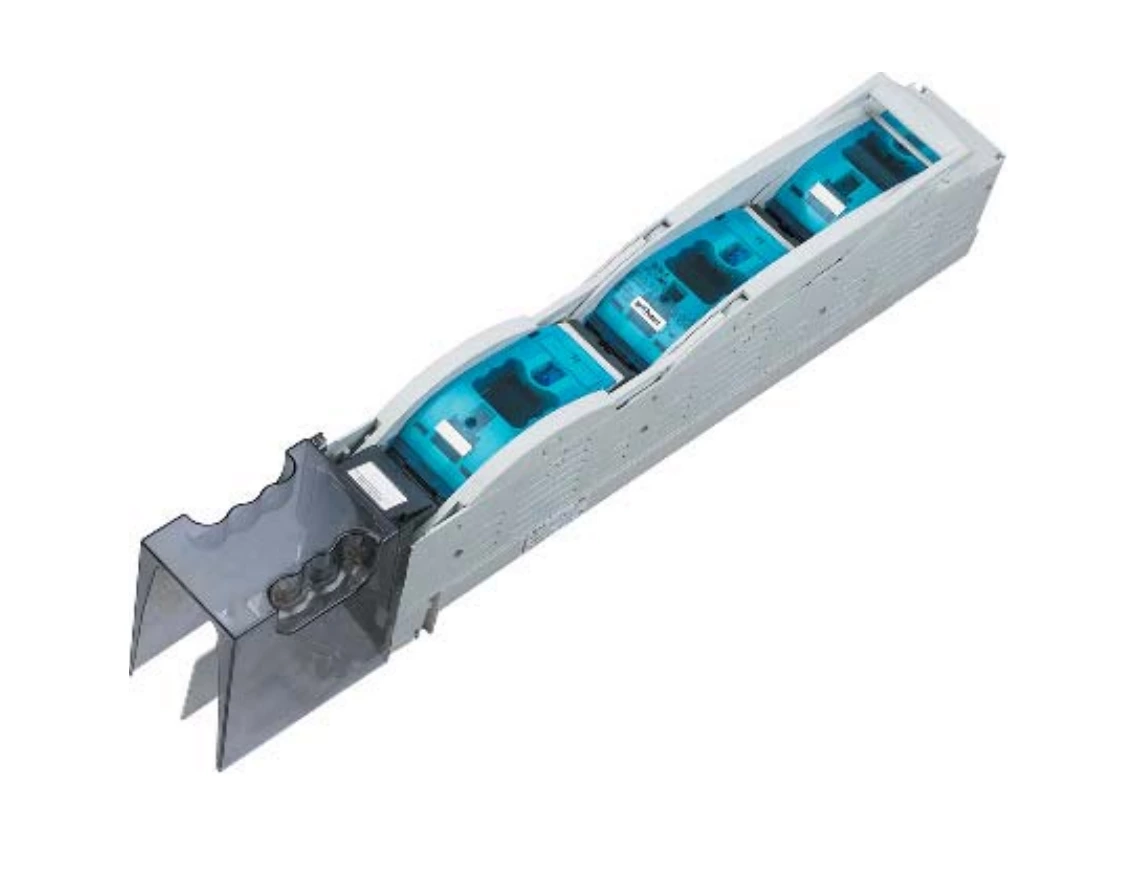What Are The Common Defects Of Vertical Fuse Disconnectors?
We all know that "no one is perfect" in the world. In fact, the same is true for vertical fuse switch disconnector. It also has defects. Let's talk about this defect with you below!
1.nhrt40 vertical fuse switch disconnector base transmission is difficult
Due to the exposure of the main components of the disconnector, it is very easy to rust due to the influence of external conditions, which increases the transmission resistance during operation and even causes refusal to move. Generally, the operation is basically normal in the first two years of operation, and then there will be varying degrees of operational difficulties. During operation, there was a situation where the base bearing was completely rusted and could not be operated, and a busbar had to be shut down for temporary overhaul. Sometimes before the overhaul, there was even a passive situation that every time there was a large-scale operation, the maintenance personnel had to go to the site to deal with the defects. The bearings in the base all have varying degrees of rust and dryness: some bearings are not coated with butter at all when they leave the factory, and are severely rusted, almost rusted to death; some bearings have thousands of pieces of butter and are seriously contaminated, and the bearings have great resistance to operation; it is certain that the serious rust and dryness of the bearings in the base of Zhongpi Holding are the main reasons for the refusal of the disconnector to operate, and the rust of other parts connected to the transmission system (such as the main shaft of the mechanism, the rotating arm, the active position of the connecting rod, etc.) only causes operational difficulties.

